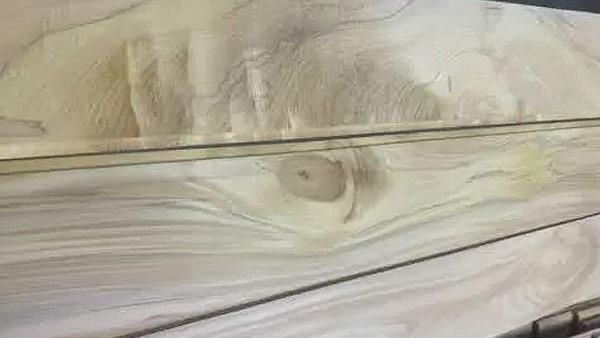Kahikatea timber, a prized resource in New Zealand, has seen diverse applications. Its lightweight, pale wood has been highly suitable for construction, creating sturdy homes and intricate carvings for Maori meeting houses. The timber’s straight grain makes it ideal for framing, while its rot-resistant quality serves well for outdoor structures. Kahikatea’s historical significance and sustainability also make it valuable in restoration projects, preserving the nation’s architectural heritage.

Uses
- Built-in furniture
- Internal joinery
Selection factors
- Cannot be treated satisfactorily for ground contact use
- It is free from odour or taste (untreated)
- Accepts paint well but should not be stained or painted a dark colour externally
| Common names | Kahikatea, white pine |
| Species & Species Type | Dacrycarpus Dacrydioides New Zealand Native Species |
| General description | – Heartwood: pale to strong yellow colour – Sapwood is creamy white – A soft straight-grained, even-textured timber that is easily worked – Softwood |
| Origin | New Zealand |
| Sustainability | Limited quantities available from sustainably managed native forests |
| Availability | Available in small quantities |
| Durability & treatment | The sapwood is non-durable and susceptible to borer attack but can be treated against this by diffusion or pressure process |
| Drying | Fairly easy |
Technical Specs
| Physical Characteristics | ||
|---|---|---|
| Shrinkage | Tangential | 4.1% |
| Radial | 2.3% | |
| Strength group | Unseasoned | NDA |
| Seasoned | NDA | |
| Density | 465 kg/m3 | |
| Hardness | 2.4 | |
| Durability Class | Non-durable |
